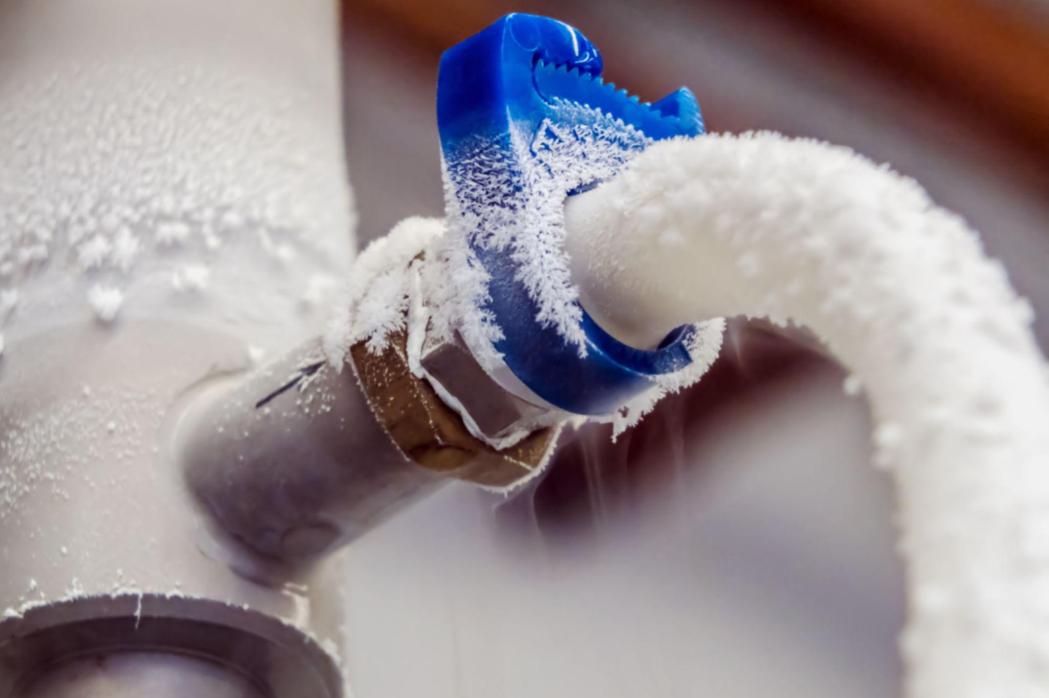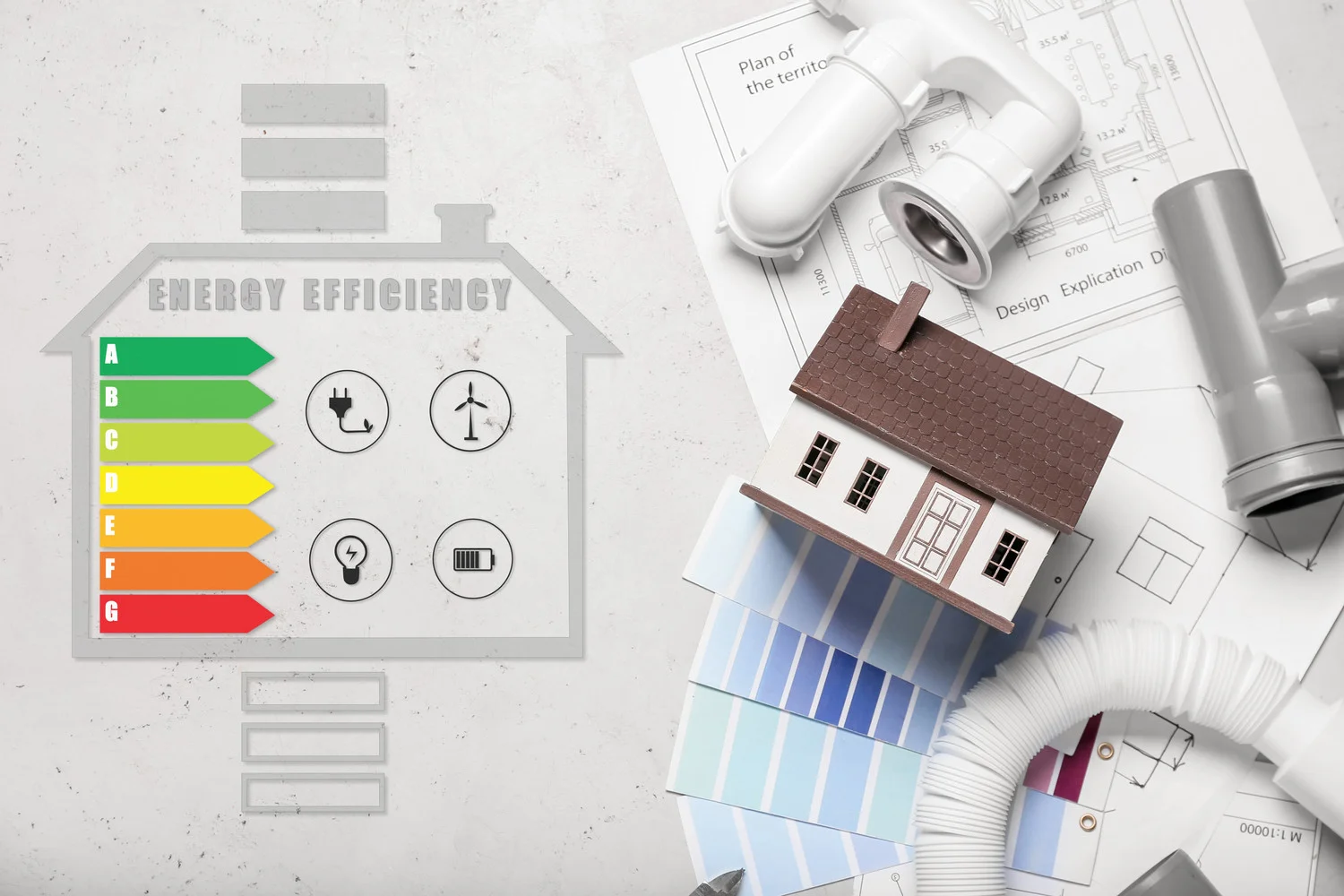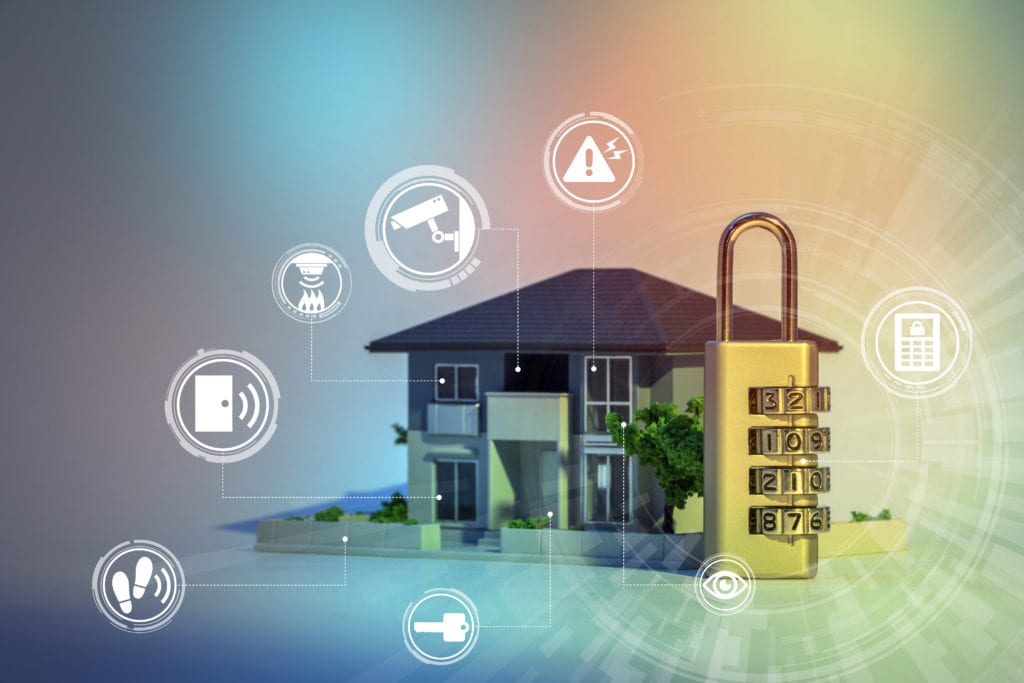Canada’s harsh winters can wreak havoc on a home’s plumbing system. Freezing temperatures increase the risk of frozen pipes, which can lead to costly repairs and water damage if they burst. Properly winterizing your plumbing system before the cold weather hits is essential to protecting your home and ensuring your water system runs smoothly throughout the winter months. Here’s a step-by-step guide to winterizing your plumbing system in cold Canadian climates.
1. Insulate Exposed Pipes
One of the most effective ways to prevent pipes from freezing is to insulate exposed pipes. Pipes located in unheated areas such as basements, crawl spaces, garages, and attics are especially vulnerable to freezing temperatures.
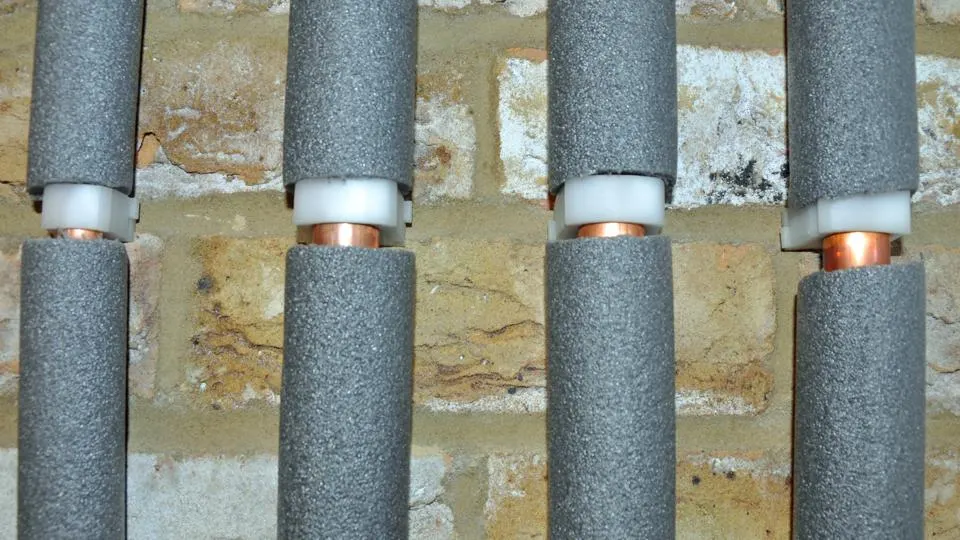
What You Can Do:
- Wrap pipes with foam insulation tubes, which are available at most hardware stores.
- Use heat tape or heat cables for pipes in extremely cold areas. These can be plugged in to provide additional warmth.
- Cover any outdoor pipes or faucets with insulated covers to prevent freezing.
Why It’s Important: Insulating pipes helps maintain a warmer temperature inside the pipes, reducing the risk of freezing and bursting.
2. Shut Off Outdoor Water Supply
Outdoor faucets and hoses are particularly susceptible to freezing, and leaving water in them during the winter can lead to serious damage. Shutting off the water supply to exterior faucets and draining them can prevent freezing and bursting.
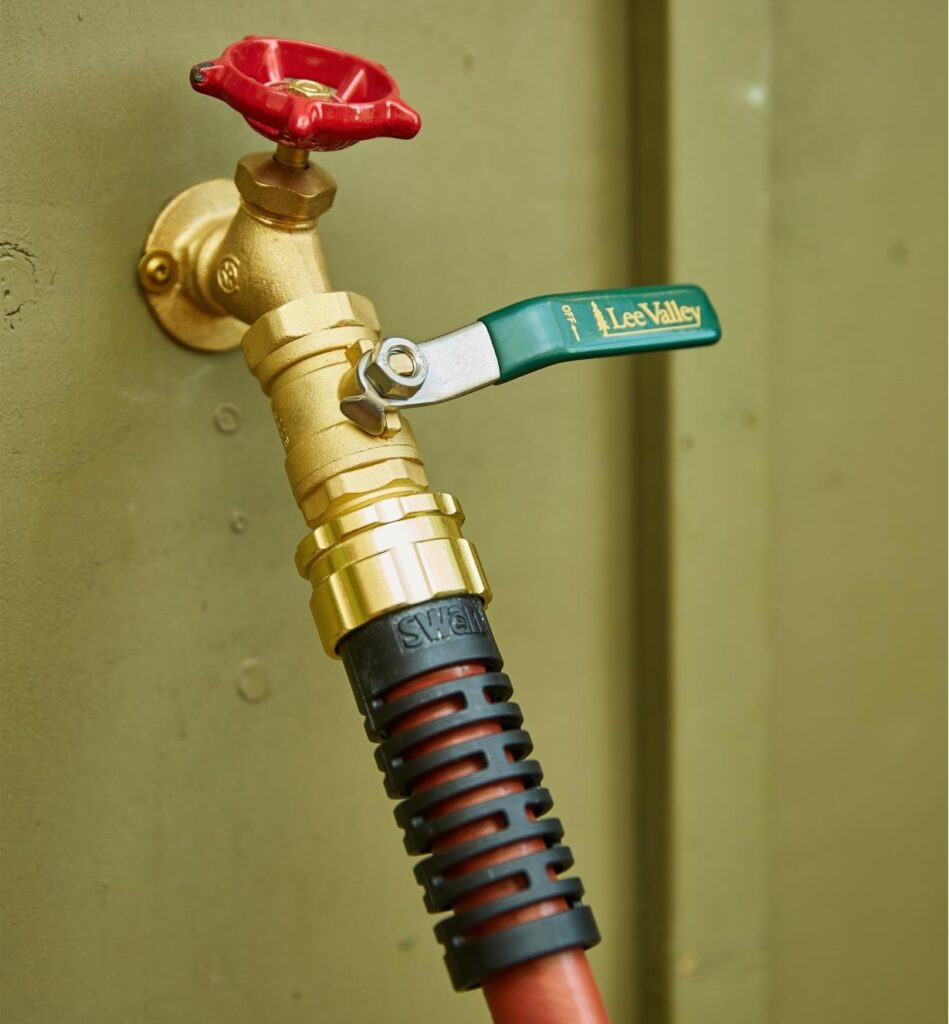
What You Can Do:
- Locate the shutoff valve inside your home that controls the outdoor water supply and turn it off.
- Disconnect and store garden hoses.
- Open the outdoor faucet to allow any remaining water to drain out. Leave the faucet open throughout the winter to prevent pressure buildup if any water remains.
Why It’s Important: Shutting off and draining outdoor water lines reduces the risk of frozen water expanding inside the pipes, which can cause them to burst.
3. Drain and Protect Interior Pipes
For homes that are left unoccupied during the winter, or for plumbing in areas of the house that are not regularly heated, it’s important to drain the water from interior pipes to prevent freezing.
What You Can Do:
- Shut off the main water supply to the home.
- Open all faucets and let them drain.
- Flush toilets to empty the tanks and bowls.
- Pour antifreeze (non-toxic varieties designed for plumbing systems) into drains, sinks, and toilets to prevent any remaining water from freezing.
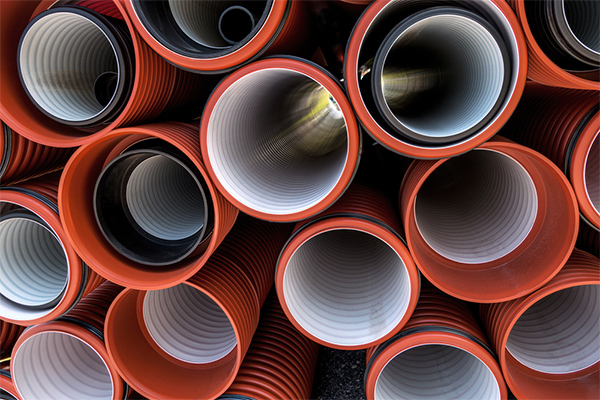
Why It’s Important: Draining the pipes prevents water from freezing inside them, which can cause pipes to expand and break.
4. Keep the Heat On
Even if you’re going away for an extended period during the winter, it’s important to keep your home’s heat on to prevent the plumbing system from freezing. While you may be tempted to turn the heat off to save on energy bills, keeping your home at a steady temperature is critical to avoiding frozen pipes.
What You Can Do:
- Set your thermostat to at least 12-15°C (55-60°F) to keep the air temperature warm enough to prevent freezing.
- Open cabinet doors in kitchens and bathrooms to allow warm air to circulate around the pipes.
Why It’s Important: Keeping the heat on ensures that interior pipes stay above freezing, reducing the risk of costly damage and flooding.
5. Seal Gaps and Cracks
Cold air can enter your home through gaps or cracks in the foundation, walls, or windows, which can cause nearby pipes to freeze. Sealing these gaps will help maintain a warmer environment inside your home and protect your plumbing.
What You Can Do:
- Inspect your home for any visible gaps around windows, doors, and foundation areas.
- Use caulking or weather stripping to seal cracks and gaps, preventing cold air from entering.
- Consider installing insulation in poorly insulated areas like basements and crawl spaces.
Why It’s Important: Sealing gaps and cracks helps maintain a consistent indoor temperature and protects pipes from exposure to freezing air.
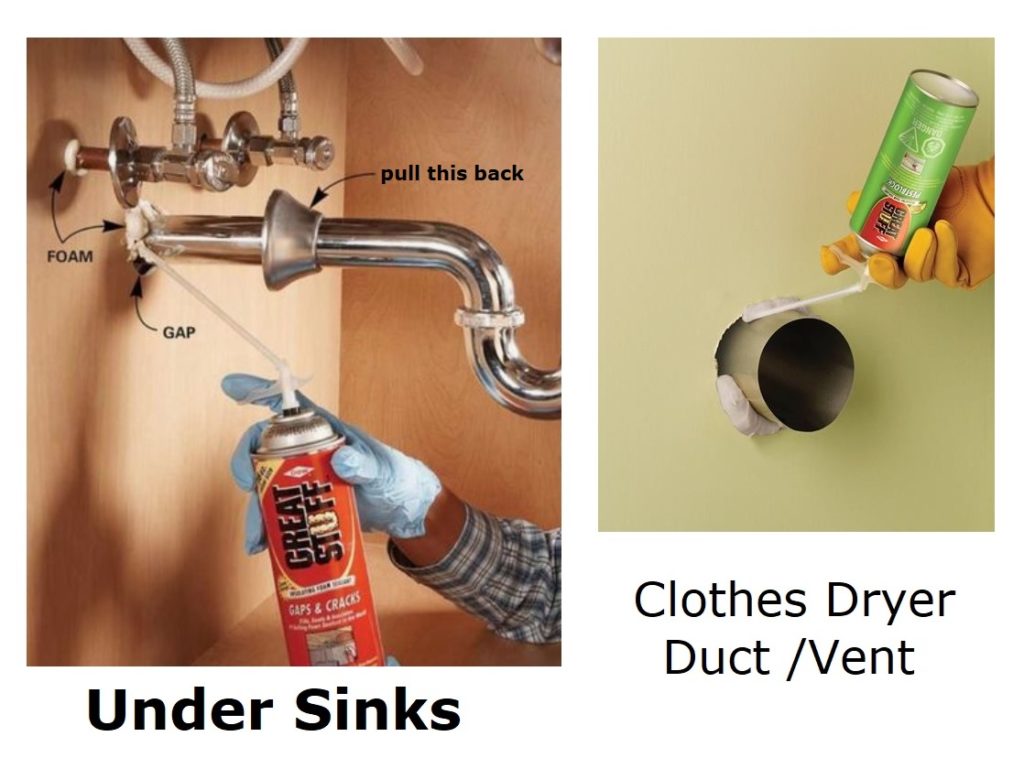
6. Install Pipe Insulation in Unheated Areas
Pipes in unheated areas of the home, such as basements, attics, or garages, are especially vulnerable to freezing. Adding pipe insulation to these areas will help prevent cold temperatures from affecting your plumbing system.
What You Can Do:
- Use foam insulation sleeves or heat tape to cover pipes that run through unheated areas.
- Insulate walls, ceilings, and floors in areas where pipes are exposed to cold temperatures.
Why It’s Important: Pipe insulation in unheated spaces helps maintain the water temperature inside the pipes and reduces the risk of freezing.
7. Inspect Your Water Heater
Your water heater plays a crucial role in keeping your water supply warm during the winter months. Before winter hits, make sure your water heater is in good working condition and insulated to maximize efficiency.
What You Can Do:
- Have a professional plumber inspect your water heater for any potential issues, such as leaks or faulty parts.
- Insulate your water heater with a blanket or jacket designed to reduce heat loss.
- Set the water heater to a temperature of around 49°C (120°F) to ensure the water remains warm without overheating.
Why It’s Important: A well-maintained and insulated water heater operates more efficiently and reduces the risk of freezing pipes.
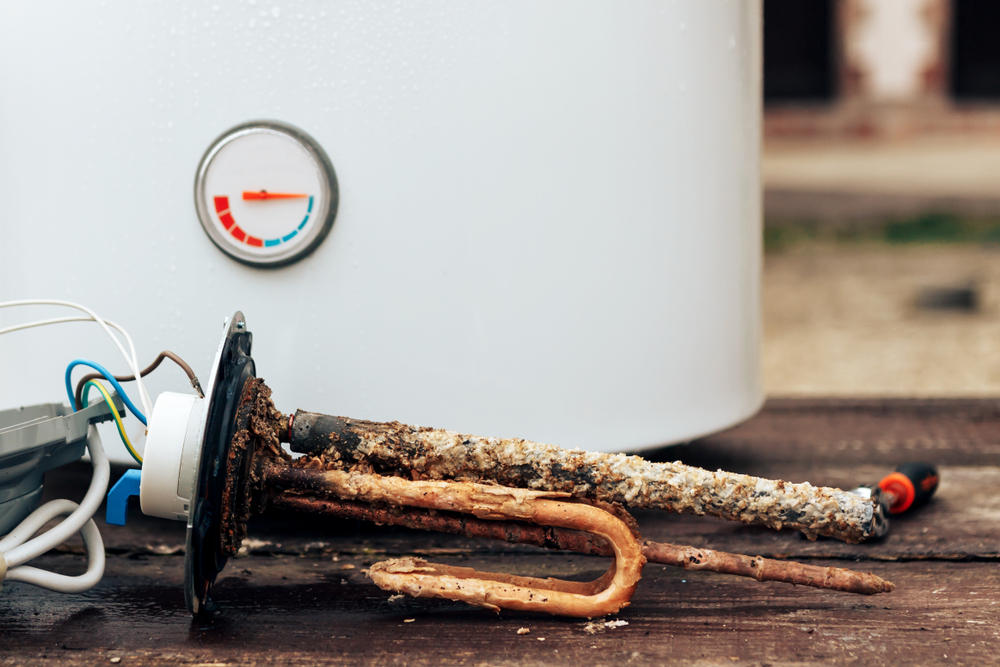
8. Know Where Your Main Shutoff Valve Is Located
In the event of a plumbing emergency, such as a burst pipe, knowing where your main water shutoff valve is located is crucial to minimize water damage. Every homeowner should know how to turn off the water supply quickly to prevent flooding.
What You Can Do:
- Locate the main water shutoff valve in your home, typically located near the water meter or where the main water line enters the house.
- Make sure everyone in your household knows how to turn off the water supply in case of an emergency.
- Test the valve periodically to ensure it’s working properly.
Why It’s Important: Quickly shutting off the water in the event of a burst pipe can prevent extensive water damage to your home.
9. Consider Installing a Sump Pump
In areas prone to heavy snowfall or rain, installing a sump pump can protect your basement or crawl space from flooding caused by melting snow or ice. A sump pump helps to remove water that accumulates in low areas, preventing water damage.
What You Can Do:
- Have a professional plumber install a sump pump if your home is prone to basement flooding.
- Regularly test and maintain the sump pump to ensure it’s functioning correctly.
- Consider installing a backup power source for the sump pump in case of a power outage during a storm.
Why It’s Important: A sump pump is an effective defense against water damage and flooding during winter months when snow and ice can cause excess water buildup.
Final Thoughts
Winterizing your plumbing system is essential for protecting your home from the harsh Canadian winter. By taking the proper precautions—insulating pipes, shutting off outdoor water lines, and maintaining your heating system—you can prevent frozen pipes, costly repairs, and water damage. Investing time in winterizing your plumbing will help you enjoy a worry-free winter, knowing your home’s water system is protected against freezing temperatures.

